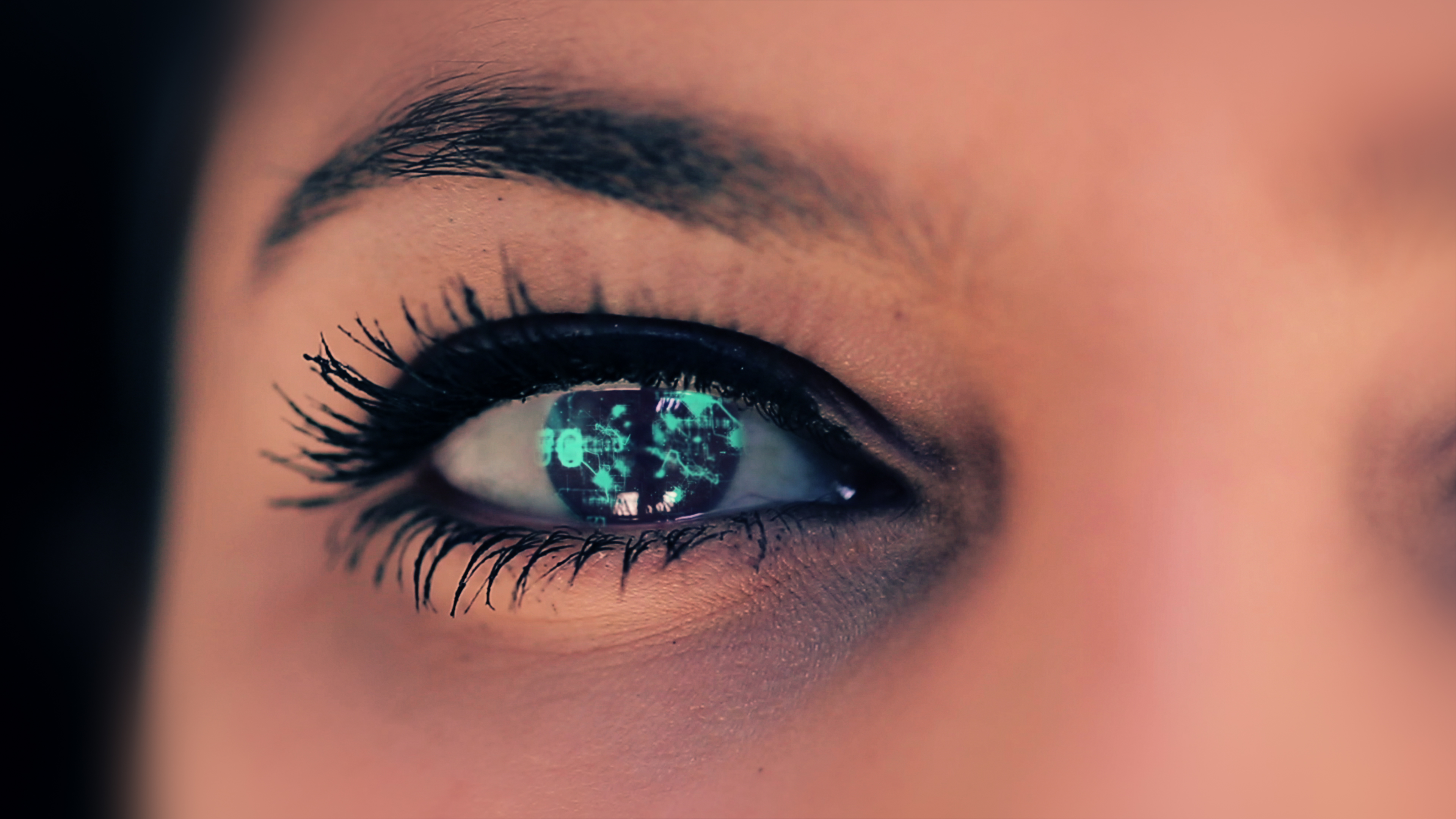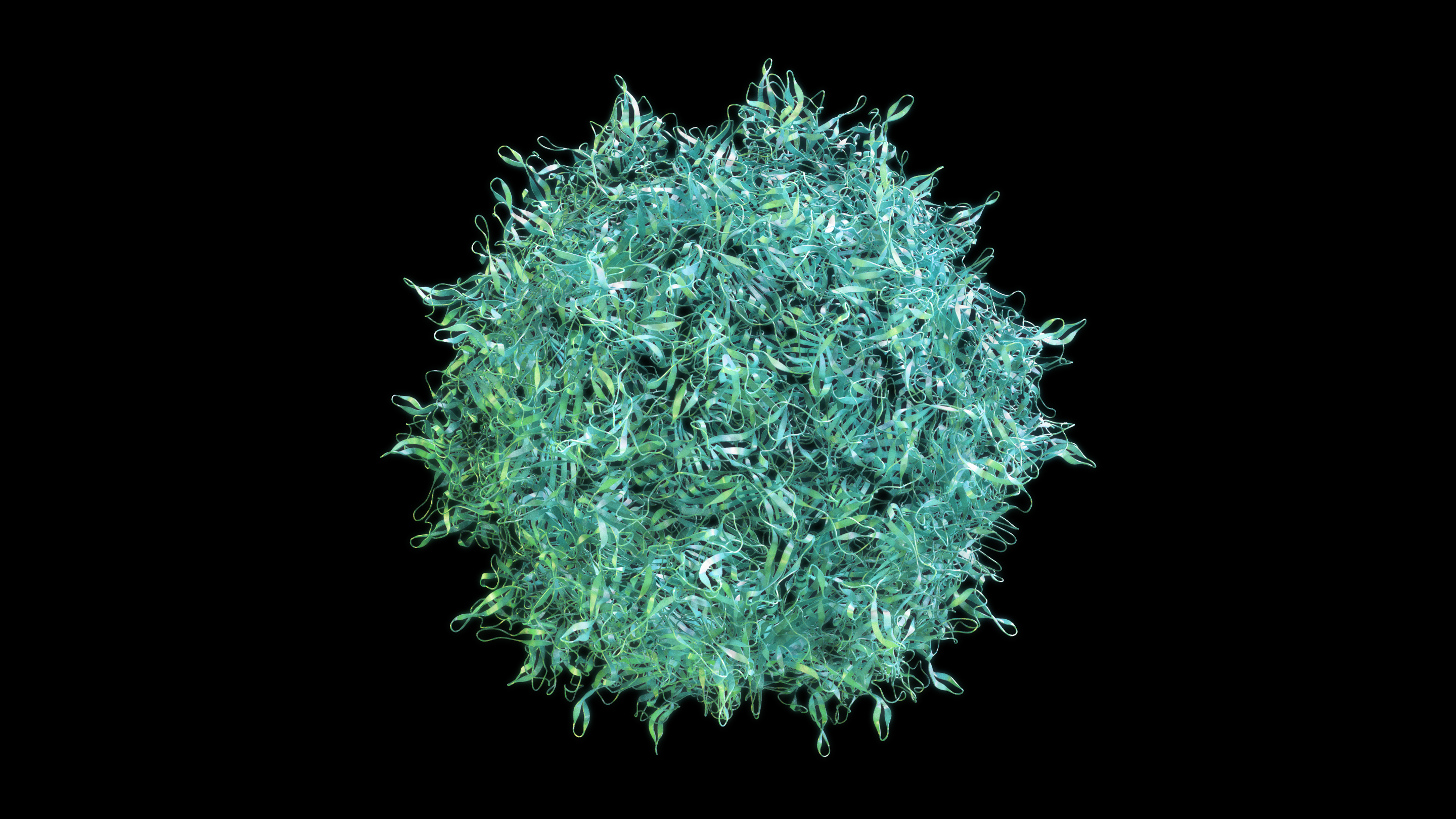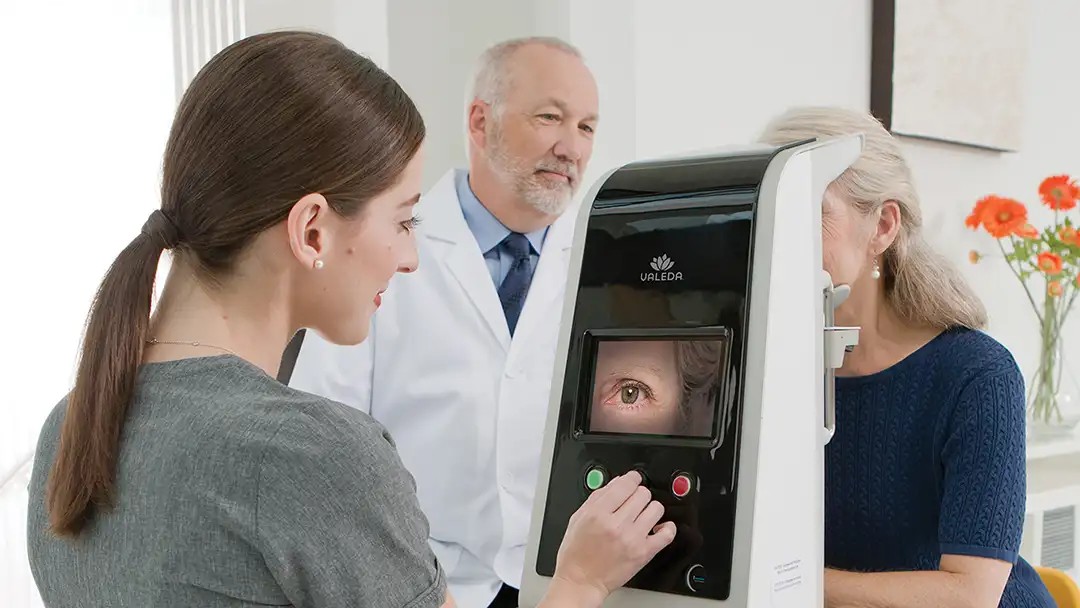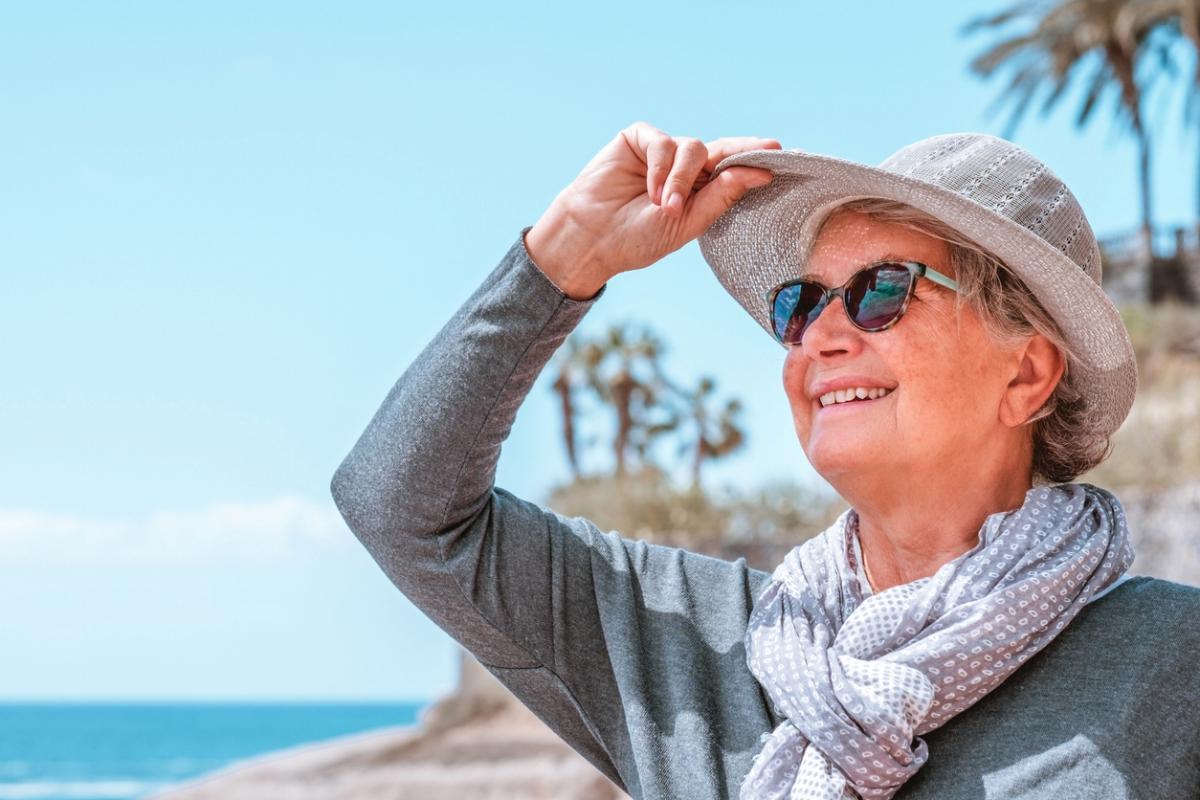
There’s evidence suggesting that exposure to bright light, including blue light, may contribute to retinal diseases. What, if anything, can be done to protect the eyes?
Exposure to high-intensity visible light (such as staring directly at the sun) damages the retina, causing a disease called solar retinopathy. This also occurs when people stare at an eclipse without specially designed glasses. Similarly, in laboratory mice, bright light, especially blue, causes retinal damage. Blue light may be the most damaging because it is the highest energy light that can reach the retina, and, it can react with chemicals in the retina to produce damaging free radicals, which are molecules that can adversely interact with other molecules inside of our cells. The resulting inflammation can contribute to AMD.
Therefore, it is likely that repeated exposure to bright visible light is damaging to the retina and may be a risk factor for AMD and other retinal diseases. A few human studies suggest this. For example, the Chesapeake Bay Waterman Study showed that fishermen exposed to blue light for many years had a higher risk of AMD than those with lower blue light exposures. However, this effect was only observed in a small number of people, and it’s difficult to measure light exposure over a lifetime.
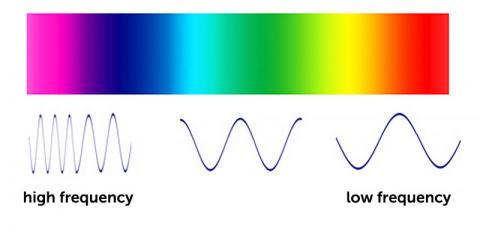
Blocking the Blue Light
Since blue light might be damaging to the retina, why not take a few steps to limit exposure? Yellow, gray, or brown tint in glasses/sunglasses will block blue light. Do not choose lenses that transmit blue light. You can see what color light a lens will let through by holding the glasses up to a light and looking at the color of the light coming through the side that would face your eyes. Lenses may reflect blue light on the side of the lens facing away from your eyes and appear blue to an observer, but this is OK as long as they do not transmit the blue light. Your eye doctor can also check your sunglasses for you, or provide specific options.
Decreasing Blue Light Exposure from Computers and Phones
Computer and phone screens can be adjusted to diminish light intensity and the ratio of blue light to other colors. This can be done by changing the factory-installed color settings, or by downloading free software for the computer called “f.lux.” This software will allow you to increase reds and greens while reducing blues.
On the iPhone, if you “swipe up” from the bottom, you will see an icon with a sun on it. You can use this to diminish the screen light intensity. Also, if you press this icon and hold it for a few seconds, you get an option to turn on the “night shift” setting, which reduces blue light. I recommend using this setting all the time (not just during a night shift!).
Other Helpful Tips
Caveats for Strong Tinting
When purchasing custom sunglasses, for example, with a built-in prescription, you could request strong tinting to block a lot of light. The only caveat is that you will need to take the glasses off immediately upon coming inside and maybe even outside on a cloudy day to see obstacles well so that you do not trip over them.
Sunglasses for Driving
Custom glasses tinting can be done in various colors and intensities. Gray is better for driving, as it may be more difficult to see traffic light colors with yellow tinting.
Protecting Your Eyelids, Cornea, and Lens
Glasses lenses must block ultraviolet A (UVA) and ultraviolet B (UVB). This ultraviolet light does not contribute to vision, but it does harm the skin on the eyelids, the cornea, and the natural lens inside the eye. Very little UV light gets through the cornea and lens to the retina, so it’s unlikely to be a risk for AMD, however.
Reducing Glare
Polarized lenses block the light waves that are oriented in a certain direction, both reducing the total amount of light transmitted and reducing glare. Polarization is especially useful for outdoor sports and driving. Glasses can be ordered that are both polarized and tinted for use in especially bright situations such as during boating, at the beach, or a sunny day with snow on the ground reflecting the light.
Impact Resistance
Polycarbonate lenses are made of very strong plastic that is unlikely to break on impact. These can offer good protection for sports or for those with only one eye that provides good vision.
Pros and Cons of Transition Lenses
Transition lenses are very good for times when you’re not carrying your sunglasses and need to go outside. They are clear inside but become darker when exposed to UV light outside. However, they don’t usually get as dark as a pair of full-time sunglasses. Also, it can take several minutes for them to become clear again after you come back inside. They don’t become dark in a car, since the windshield blocks most of the ultraviolet light, so you need a separate pair of sunglasses for driving.
Selecting Light Bulbs
When selecting light bulbs, choose “warm” color bulbs. This does not refer to the temperature of the bulb, but rather the ratio of blue, green, and red. The “warm” bulbs have more red/green, while “cool” color bulbs have more blue.
Considerations for Cataract Surgery
During cataract surgery, a plastic lens is implanted into the eye. While all of these lenses block UV light, you can request optional blue light-blocking (yellow colored) lenses. These may be protective, but there is a risk that blocking blue light all the time could interfere with the sleep/wake cycle and circadian rhythms, so it would be helpful to discuss options with your ophthalmologist.
Summary
In summary, long-term exposure to bright light may be a risk factor for AMD, so it is prudent to reduce unnecessary exposure to bright lights, especially the blues!
About BrightFocus Foundation
BrightFocus Foundation is a premier global nonprofit funder of research to defeat Alzheimer’s, macular degeneration, and glaucoma. Since its inception more than 50 years ago, BrightFocus and its flagship research programs—Alzheimer’s Disease Research, Macular Degeneration Research, and National Glaucoma Research—has awarded more than $300 million in research grants to scientists around the world, catalyzing thousands of scientific breakthroughs, life-enhancing treatments, and diagnostic tools. We also share the latest research findings, expert information, and resources to empower the millions impacted by these devastating diseases. Learn more at brightfocus.org.
Disclaimer: The information provided here is a public service of BrightFocus Foundation and is not intended to constitute medical advice. Please consult your physician for personalized medical, dietary, and/or exercise advice. Any medications or supplements should only be taken under medical supervision. BrightFocus Foundation does not endorse any medical products or therapies.
- Eye Health
- Lifestyle




